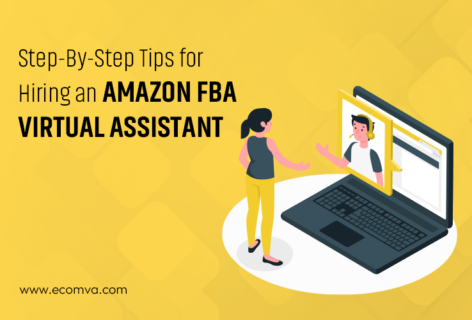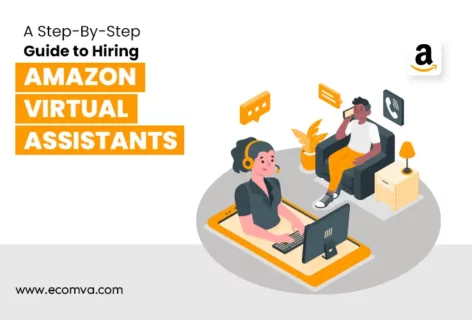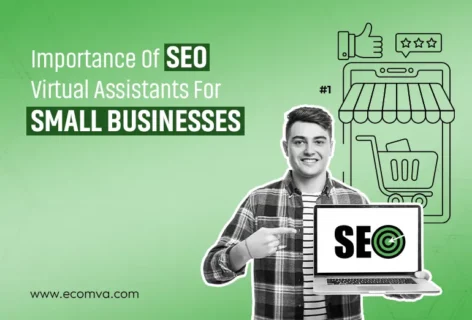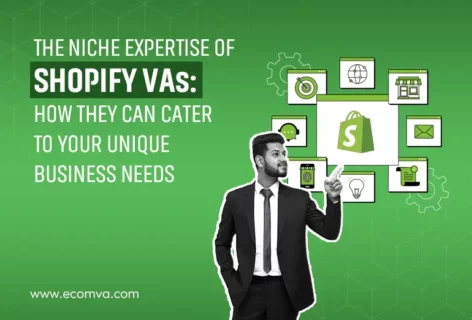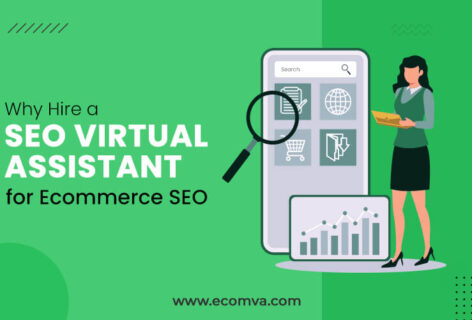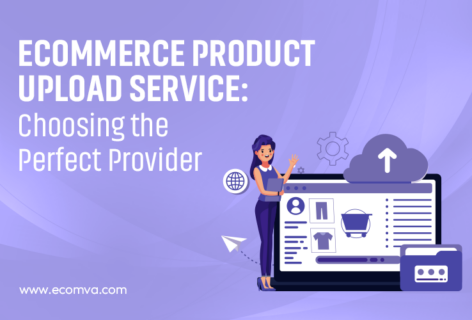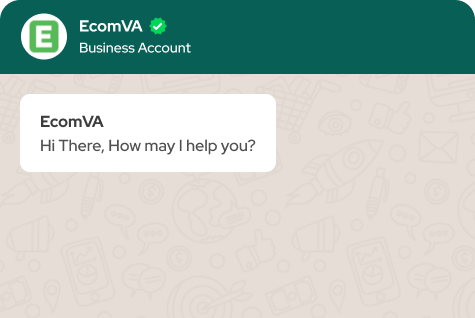B2B Email Automation Strategies to Boost Engagement and Conversions
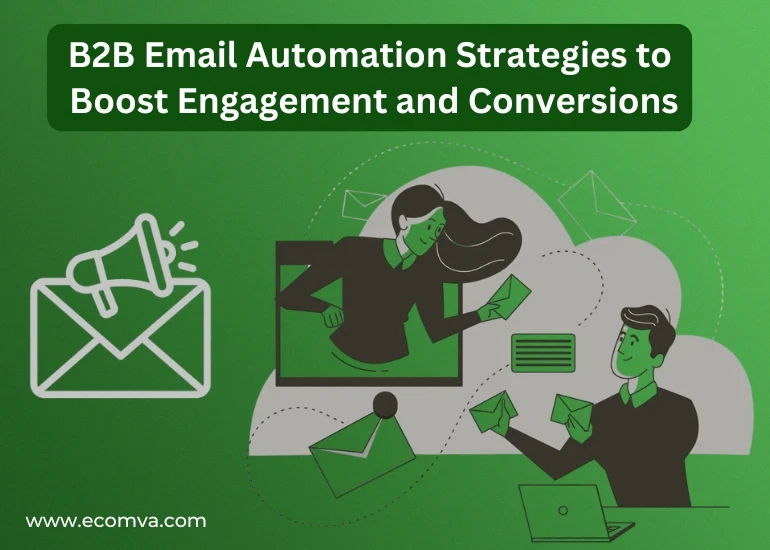
Most B2B businesses spend hours following up with leads, sending reminder emails, and chasing inactive contacts, only to get minimal responses. The problem is not always the offer or product. In many cases, it is:
- Timing
- Inconsistency
- Sending the wrong message to the wrong person
B2B Email Automation solves this problem at scale. Instead of manually sending emails one by one, automation helps deliver well-timed, relevant emails based on real user behavior. It keeps leads warm and moves them along the sales funnel.
But setting up email automation takes strategy and a clear understanding of your audience. That’s where most businesses struggle, and where this blog will help.
This guide breaks down the specific email flows that work for B2B. You will get to know how to set them up without overcomplicating the process and when it makes sense to bring in an email automation expert.
Let’s walk through what works and how to make sure your next email gets results.
What Is B2B Email Automation and Why Should You Care?
B2B email automation is the process of sending pre-written emails to your leads or clients at the right time based on set rules. These emails could go out after someone:
- downloads a guide
- signs up for a demo
- hasn’t opened the last few messages
For B2B companies, this means being able to stay in touch with prospects without having to write every email manually. It also helps make sure you’re not missing out on timely follow-ups, which can directly affect conversions.
Businesses that use B2B email automation can improve how they connect with leads and guide them through the sales journey. This also helps avoid human mistakes and delays.
How Can You Plan an Email Automation Strategy for B2B?
A good strategy starts with the customer journey. Think about what your potential client is doing at each step:
- Browsing
- Evaluating
- Comparing
- Deciding
Each step needs its own kind of email.
Before writing anything, you should:
- Set clear campaign goals (e.g., book a demo, request a quote)
- Define your audience segments
- Match email content to each goal
- Map out the timing and triggers
Here’s a simple structure to follow:
| Segment Type | Primary Goal | Email Type |
|---|---|---|
| Cold Prospect | Build awareness | Welcome/Intro email |
| Interested Lead | Nurture to qualified | Lead nurturing flow |
| Proposal Sent | Decision encouragement | Reminder + social proof |
| Inactive Client | Reignite interest | Re-engagement sequence |
| Loyal Customer | Expand account | Upsell or referral CTA |
Using a clear table like this helps align your B2B marketing automation strategy with how people actually buy.
What Kinds of Emails Should You Automate in B2B?
Not every email needs automation, but these specific ones do work very well in B2B:
Emails to Set Up:
- Welcome emails (first impression, set expectations)
- Drip campaigns for lead nurturing
- Event/Webinar confirmations + follow-ups
- Re-engagement emails for cold leads
- Feedback or review requests after a service is delivered
Here’s a quick checklist to guide your email builds:
Email Checklist
- One clear goal per email
- Personalized greeting (first name, company name)
- Short intro that connects to their pain point
- Clear CTA (what action you want them to take)
- No clutter—simple layout
- Test on desktop and mobile
If you’re using tools like Klaviyo or Dotdigital, your email automation expert can help set these up efficiently.
Also, if you’re selling through Walmart Automation or large-scale platforms, automated email flows help onboard, follow up, and upsell users at every stage.
What Should You Track and Optimize in Email Automation?
If you don’t track your emails, you’re just guessing. The right metrics tell you what’s working and what isn’t.
Key Metrics to Watch:
- Open rate
- Click-through rate (CTR)
- Bounce rate
- Unsubscribe rate
- Response rate
- Time of engagement
Here’s a quick guide to common problems and how to fix them:
| Problem | Likely Cause | What to Check or Adjust |
|---|---|---|
| Low open rate | Subject line not engaging | Test 2–3 styles with same content |
| High bounce rate | Bad email list hygiene | Remove invalid or inactive emails |
| Low CTR | Weak CTA or link placement | Try 1 bold button-style CTA |
| No replies or interest | Irrelevant message timing | Recheck lead’s stage in the funnel |
This is where an email automation expert is helpful. They can read into the data, not just collect it.
If you’re outsourcing or using an email automation service, make sure the team is checking metrics weekly and updating flows at least monthly.
When Should You Use Advanced Tools or Experts?
You can run email automation on your own for a while, but as the business grows, you’ll need more structure, reporting, and results. That’s when it makes sense to bring in outside help.
Signs You Need an Expert:
- You’re running multiple campaigns across different segments
- You’re using tools like Klaviyo, Dotdigital, or HubSpot and not sure how to maximise them
- You need to integrate automation with Shopify, BigCommerce, or other platforms
- You’ve hit a plateau in email performance and don’t know why
Hiring an email automation expert gives you access to deeper setup, better A/B testing, and more creative copy.
At EcomVA, our virtual assistants handle complete email automation service tasks, including:
- Sequence planning
- Template design
- Trigger setup
- Tool integration (Shopify, Klaviyo, Mailchimp, etc.)
- Performance monitoring
This makes it easier for busy ecommerce owners and marketers to focus on growth while the email work runs in the background.
How Can You Get Started Today Without Overthinking It?
Here’s a very simple way to start B2B email automation even if you don’t have much experience:
Quick Start Checklist:
- Pick 1 goal (e.g., get more demo bookings)
- Choose the right audience segment
- Write 2–3 short emails (value > length)
- Add subject lines and CTAs
- Set up basic time-based triggers (e.g., email 2 sends 3 days after email 1)
- Test it on your own inbox
- Launch and track open/click rates
That’s it. You don’t need to build 15-email flows from day one. Just stay consistent, review the data, and keep refining.
As your campaigns grow, you can plug in professionals, or expand to re-engagement flows, onboarding sequences, and account-based marketing emails. Our email automation expert team at EcomVA does this for businesses in fashion, furniture, tiles, and more.
Need Help With Setup?
If you’re stuck on where to begin or need someone to do it for you, EcomVA offers virtual assistant support that goes beyond admin work. You can hire a dedicated virtual assistant for every email automation task.
We’ve helped ecommerce and service-based businesses manage over 350+ projects with a strong focus on performance, branding, and engagement.
From Walmart automation to Shopify to custom email campaigns, our team builds strategies that suit your audience and help convert leads without wasted time.
At the End: What’s the One Thing You Should Remember About Email Automation?
B2B email automation is about sending the right ones at the right time to the right people.
Start with just one email flow. Know your audience. Write with purpose. And when it gets too technical or time-consuming, bring in someone who knows how to handle it.
EcomVA is trusted by businesses across multiple industries to deliver email automation that works, without making it complicated.
FAQs
1. Can B2B email automation work for small businesses or startups with a short sales cycle?
Yes. Even if your sales cycle is quick, automated emails can help with faster follow-ups, lead qualification, and keeping your pipeline clean. For startups, setting up 2–3 core email flows can save hours every week and help avoid missed opportunities.
2. What’s the difference between email broadcasting and email automation?
Broadcasting is a one-time email blast to your entire list. Automation is a set of emails sent based on specific user actions or timelines. For example, when someone fills out a contact form, an automated sequence can follow up without delay. That’s why B2B email automation tends to deliver higher engagement and conversions over time.
3. Do I need different email content for different buyer roles in B2B?
You should. A decision-maker, technical evaluator, and procurement officer often look for different things. Personalising subject lines, tone, and offers based on job roles or departments increases the chance of getting replies. A good email automation expert can help plan this kind of segmentation early on.
4. What tools integrate well with Shopify or Adobe Commerce for email automation?
Platforms like Klaviyo, Dotdigital, and Mailchimp offer strong integrations with Shopify, Adobe Commerce, and other ecommerce platforms. If you’re running a Shopify Store Management setup with automations, it’s important to use a tool that supports behavioural triggers (like cart abandonment or product views) and segment syncing.
5. How often should I review or update my automated email sequences?
Review your flows at least once a month. If you’re scaling quickly or switching offers, check them every two weeks. Outdated links, expired offers, or old branding can affect credibility. Businesses using an email automation service often rely on their assistant or team to monitor performance and make quick changes when needed.

